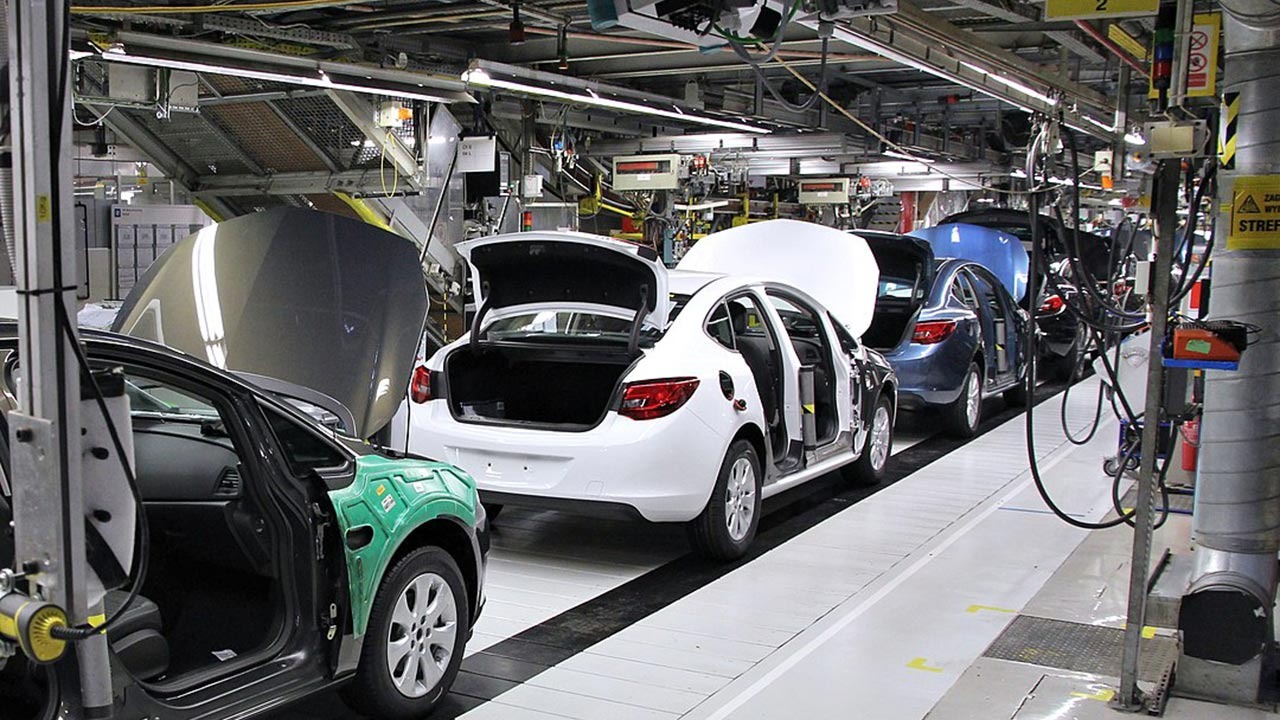
In a significant shift in its supply chain strategy, General Motors (GM) has instructed its suppliers to cease the use of parts made in China by the end of 2027. This decision, aimed at reducing reliance on Chinese components, comes amid escalating U.S.-China trade tensions and is seen as a response to tariff policies that encourage domestic or alternative sourcing. The directive was reportedly issued quietly, potentially posing challenges for suppliers as they adapt to the new timeline.
GM’s Directive to Suppliers
General Motors has issued a binding directive to its parts suppliers, requiring them to eliminate the use of China-made components in all future vehicle production by 2027. This sweeping order targets all materials and parts sourced from China, with no exceptions specified in the initial reporting. Suppliers are now tasked with the challenge of transitioning away from Chinese sources within a relatively short timeframe.
The directive was confirmed by Reuters, which reported on GM’s communication to its suppliers. The move is seen as a significant step in GM’s efforts to reduce its dependence on Chinese supply chains.
Escalating U.S.-China Trade Tensions
The decision by GM to cut ties with Chinese suppliers is largely driven by the intensifying trade tensions between the U.S. and China. Recent tariff impositions have made China-sourced parts less viable for U.S.-based manufacturing, prompting automakers like GM to prioritize non-Chinese sourcing. This move can be seen as a direct response to the policy pressures exerted by the ongoing trade dispute.
The broader context of these trade policies, as reported by Logistics Insider, has been instrumental in shaping GM’s decision to transition away from Chinese parts.
Tariff Policies as a Catalyst
The directive issued by GM is being hailed as a “tariff victory”, aligning with U.S. efforts to protect domestic industries by reducing dependencies on China. The timing of the order, issued on November 12, 2025, coincides with heightened discussions around tariffs that favor reshoring supply chains.
As reported by Breitbart, GM’s strategic pivot away from Chinese parts is a direct attempt to avoid escalating costs resulting from trade barriers. This move is seen as a significant policy win for those advocating for a reduction in U.S. dependence on Chinese manufacturing.
Supply Chain Transition Challenges
The quiet issuance of GM’s order to suppliers has introduced potential complications as companies scramble to source alternatives to Chinese parts and materials. Meeting the 2027 deadline presents logistical hurdles for suppliers, including the need to identify new vendors outside China without disrupting ongoing production.
Initial reactions from the supplier network, as covered by CarScoops, highlight the abrupt nature of the directive and its potential ripple effects on global operations. The low-profile rollout of the directive has added to the challenges faced by suppliers.
Industry-Wide Implications
GM’s decision to ditch China-made parts by 2027 could set a precedent for other automakers facing similar U.S. trade pressures. The shift could lead to increased costs and delays in the automotive sector as suppliers realign their sourcing strategies. Reports of emerging complications suggest that the transition may not be smooth.
However, this shift also presents opportunities for non-Chinese regions to fill the gap left by 2027. The diversification of supply chains could lead to a more resilient and flexible automotive industry in the long run.
Reporting and Confirmation Sources
The details of GM’s directive were confirmed in a report by Autoblog on November 13, 2025. The report provides key insights into GM’s decision to order suppliers to eliminate the use of China-made parts by 2027.
Additional context on the motivations behind the order, particularly the escalating U.S.-China trade tensions, was provided by Logistics Insider in their coverage on the same day. The low-profile rollout of the directive and the anticipated challenges were underscored in an article by CarScoops on November 13, 2025.
More from MorningOverview